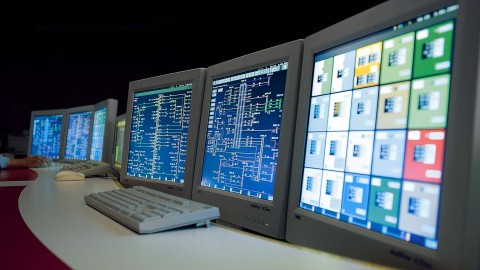Be more sustainable and stay competitive – with state-of-the-art custom building automation
Many companies have used the downtime offered by the COVID-19 pandemic to re-evaluate internal workflows and customer processes. They often focus on building automation.
We talked to Andreas Goeres, Head of Building Automation & Event/Property IT at Infraserv Höchst, about why this is such a good time to invest in future-proof building automation.





